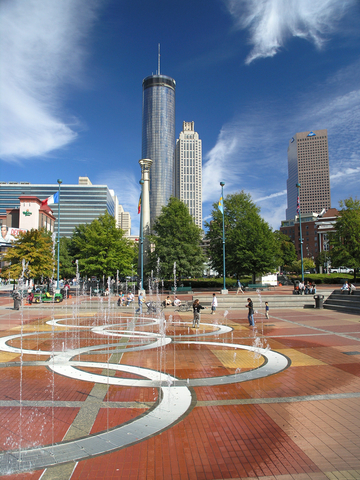ARTICLES
Advance Search
Aquatic Health
Aquatic Health, Fitness & Safety
Around the Internet
Aquatic Culture
Aquatic Technology
Artful Endeavors
Celebrity Corner
Life Aquatic
Must-See Watershapes
People with Cameras
Watershapes in the Headlines
Art/Architectural History
Book & Media Reviews
Commentaries, Interviews & Profiles
Concrete Science
Environment
Fountains
Geotechnical
Join the Dialogue
Landscape, Plants, Hardscape & Decks
Lighter Side
Ripples
Test Your Knowledge
The Aquatic Quiz
Other Waterfeatures (from birdbaths to lakes)
Outdoor Living, Fire Features, Amenities & Lighting
Plants
Ponds, Streams & Waterfalls
Pools & Spas
Professional Watershaping
Structures (Editor's Notes)
Travelogues & History
Water Chemistry
WaterShapes TV
WaterShapes World Blog
Web Links
Around the Internet
Aquatic Culture
Aquatic Technology
Artful Endeavors
Celebrity Corner
Life Aquatic
Must-See Watershapes
People with Cameras
Watershapes in the Headlines
Business and pleasure have carried me to Atlanta more times than I can count through the past 30 years. On many of those occasions, I attended trade shows in the Georgia World Congress Center and found myself with enough time on my hands that I was able to enjoy Centennial Park, where people from all over the world once gathered to celebrate the Olympic Games of 1996. I'd seen this area before the Olympiad, and I must say that the degree to which the city remade itself to host this international showcase event is truly remarkable. Particularly welcomed is the abovementioned Centennial Park, a broad, open space that I've strolled through often enough that it feels a bit like home. I am persistently intrigued by the Fountain of Rings, the park's big, interactive waterfeature. Lots of times, I've seen the fountain teeming with kids running wild through varied jets of water, but on several occasions the timing's been right and I've caught one of the choreographed shows set to music of many descriptions. This fountain, some say, is the precursor to
Business and pleasure have carried me to Atlanta more times than I can count through the past 30 years. On many of those occasions, I attended trade shows in the Georgia World Congress Center and found myself with enough time on my hands that I was able to enjoy Centennial Park, where people from all over the world once gathered to celebrate the Olympic Games of 1996. I'd seen this area before the Olympiad, and I must say that the degree to which the city remade itself to host this international showcase event is truly remarkable. Particularly welcomed is the abovementioned Centennial Park, a broad, open space that I've strolled through often enough that it feels a bit like home. I am persistently intrigued by the Fountain of Rings, the park's big, interactive waterfeature. Lots of times, I've seen the fountain teeming with kids running wild through varied jets of water, but on several occasions the timing's been right and I've caught one of the choreographed shows set to music of many descriptions. This fountain, some say, is the precursor to
Michael Phelps Doesn't Want Anyone to Compare Him to . . .
Ugh! Video of Blood-and-Guts Food Fight in a Swimming Pool
Ugh! Video of Blood-and-Guts Food Fight in a Swimming Pool
Compiled and written by Lenny Giteck Israel and Its Athletes Discriminated Against at Swimming World Cup
Compiled and written by Lenny Giteck Israel and Its Athletes Discriminated Against at Swimming World Cup















